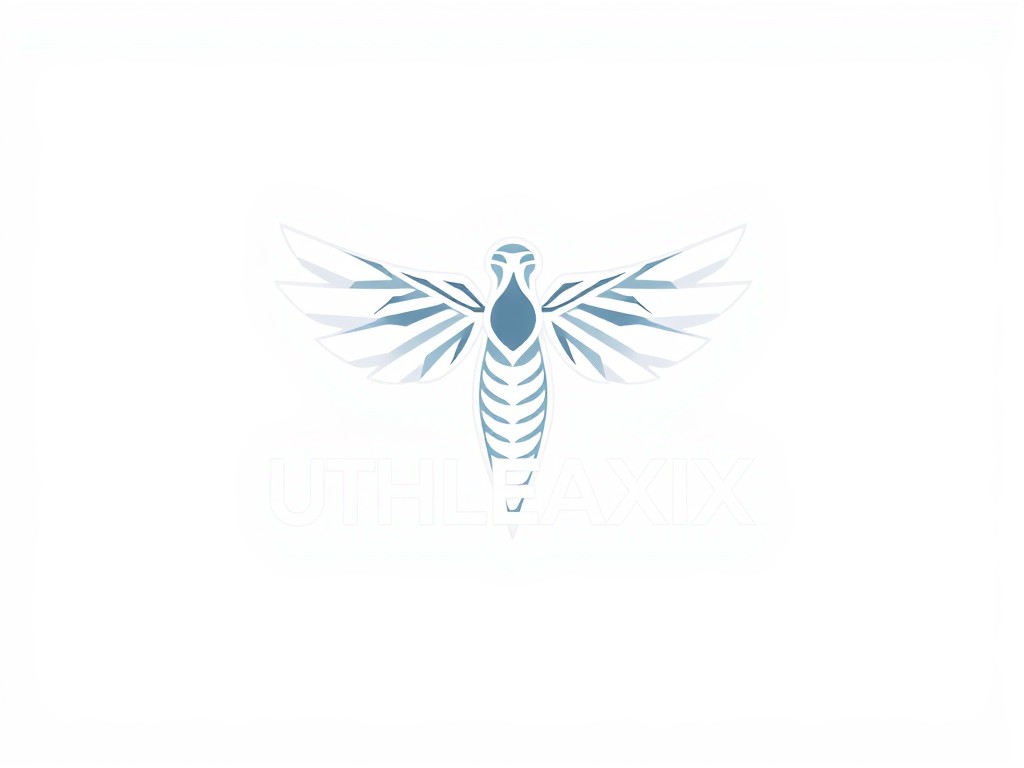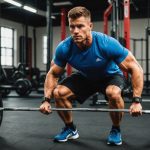As we age, maintaining our health and strength should be a top priority. Physical activity and exercises play a crucial role in this scenario. But, how can older adults safely engage in muscle-building activities? This is a question that surfaces frequently among the ageing population. However, the answer is not as complicated as it may seem. This article will delve into the aspects of health, exercise, and strength training for older adults. We will explain how you can maintain an active lifestyle while preserving muscle tone and balance, ensuring optimal fitness as you age.
Safe and Effective Exercises for Older Adults
Exercise is vital at any age, yet it becomes even more critical as people age. Training for strength and resistance helps maintain muscle mass, improve balance, and contribute significantly to your overall fitness. However, it’s essential to choose exercises that are both safe and effective.
Also read : What are the psychological benefits of regular strength training?
Strength training is an excellent option for older adults. It involves activities that make your muscles work harder than they usually do in everyday life, helping to increase muscle mass and strength. Try exercises that use your body weight, such as push-ups or leg squats. You can also resort to resistance bands or light weights. Remember, the goal is not to lift the heaviest weights, but to engage and work your muscles.
Balance exercises are another crucial type of activity for older adults. They will help you prevent falls and maintain your independence. Some examples include heel-to-toe walks, leg lifts, and yoga poses.
Additional reading : How to optimize your breathing technique during heavy lifting?
Lastly, flexibility exercises can help maintain the range of motion in your joints, making daily activities easier. Try different types of stretching or yoga.
Designing an Exercise Routine
When it comes to designing an exercise routine, there are several factors to consider. The goal is not only to engage in physical activity but to do so in a manner that maximizes benefits and minimizes risk.
Start by considering your current level of fitness. If you’re new to exercise, you’ll want to start slow. Gradually increase the duration and intensity of your workouts as your body adapts to the new activity.
Next, consider your interests. If you enjoy the activities you’re doing, you’re more likely to stick with them. Whether it’s dancing, swimming, walking or weight lifting, choose activities that bring you joy.
Finally, consult with a healthcare professional or a fitness expert. They can provide valuable input on your exercise routine, ensuring the activities you select are safe and suitable for your health status.
Monitoring Your Progress
Regular physical activity is great, but how can you ensure you’re making progress? The answer lies in monitoring. By keeping track of your exercise routine, you can gauge your improvement and make necessary adjustments.
Start by keeping a fitness journal. Note down the exercises you’ve done, the duration, and the intensity. This record will give you a clear picture of your progress.
Next, notice how your body feels. Are you finding the exercises easier over time? Are you less fatigued after a workout? These are signs that your fitness is improving.
Lastly, get regular health check-ups. They can provide objective measures of your progress, such as changes in your weight, blood pressure, or cholesterol levels.
Common Mistakes to Avoid
While engaging in exercises and training, older adults often fall into some common pitfalls. Avoiding these mistakes can help ensure your exercise routine is both safe and effective.
Firstly, remember to warm up before you start exercising and cool down afterwards. These steps help prepare your body for the workout and reduce the risk of injury.
Secondly, don’t ignore pain. If an exercise causes pain, stop doing it. Pain is your body’s way of telling you something is wrong. Consult a healthcare professional if you experience persistent or severe pain during exercise.
Finally, don’t try to do too much too quickly. Gradually increase the intensity and duration of your workouts. This approach allows your body to adapt to the new demands you’re placing on it, reducing the risk of injury.
In conclusion, engaging in muscle-building activities is both safe and beneficial for older adults. By selecting appropriate exercises, designing a personalized routine, monitoring progress, and avoiding common mistakes, you can improve your health, strength, and fitness as you age.
Incorporating Mental Health into Physical Activity
Beyond physical benefits, engaging in regular physical activity yields numerous advantages for mental health. For older adults, it can be an essential component in maintaining a positive outlook and minimizing symptoms of depression and anxiety.
Aerobic activity such as walking, swimming, or cycling at a moderate intensity can significantly improve mood and cognitive function. The key is to choose an activity you enjoy and can do regularly, preferably daily. Aerobic exercises increase heart rate, improve cardiovascular health, and stimulate the release of endorphins, known as ‘feel-good’ hormones. All of these help boost your mood and energy levels.
Tai Chi is another form of exercise beneficial for both physical health and mental well-being of older people. This low-impact, slow-motion exercise helps increase strength and flexibility while promoting relaxation and stress reduction. Tai Chi also enhances balance, a crucial factor for preventing falls among older adults.
Resistance training is not just about building muscle or bone density. It also has profound impacts on mental health. Regular resistance training can enhance memory, improve sleep quality, and reduce symptoms of depression.
Remember, the key to reaping the health benefits of physical activity is consistency. Start with short durations, maybe 10 to 15 minutes a day, and gradually increase the length and intensity of your workouts.
The Role of Nutrition in Building Muscle
While physical activity is fundamental for building muscle, good nutrition cannot be overstated. For older adults, consuming a balanced diet rich in protein can support muscle growth and repair, complementing your exercise routine.
Consume lean proteins such as fish, poultry, and plant-based proteins like beans and lentils. These provide the much-needed amino acids, the building blocks of muscle tissue.
In addition to protein, your body needs a balance of carbohydrates and fats to fuel your workouts and aid recovery. Whole grains, fruits, and vegetables provide carbohydrates, while nuts, seeds, and fatty fish supply healthy fats.
Also, adequate hydration is crucial during physical activity. As we age, the sense of thirst diminishes, making older adults more prone to dehydration. Therefore, remember to drink plenty of fluids before, during, and after exercise.
Furthermore, consider the role of micronutrients like vitamin D and calcium, vital for bone health. Foods rich in these nutrients include dairy products, fatty fish, and fortified cereals.
Lastly, don’t forget to consult with a healthcare professional for personalized dietary advice. They can provide a diet plan that aligns with your lifestyle, health status, and fitness goals.
Conclusion
Staying active and maintaining muscle mass are essential for healthy aging. Older adults can safely engage in muscle-building activities, provided they select appropriate exercises, monitor their progress, and avoid common mistakes. Incorporating mental health into physical activity and focusing on nutrition can further maximize health benefits. Start with small steps, gradually increase the intensity and duration of your workouts, and remember – consistency is key. With the right approach and mindset, you can improve your physical strength, mental health, and overall quality of life, regardless of your age.











